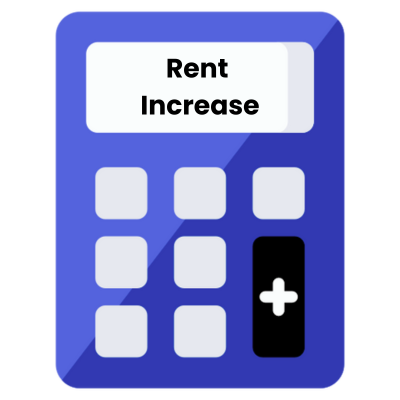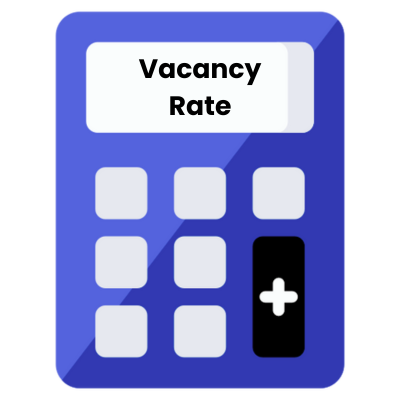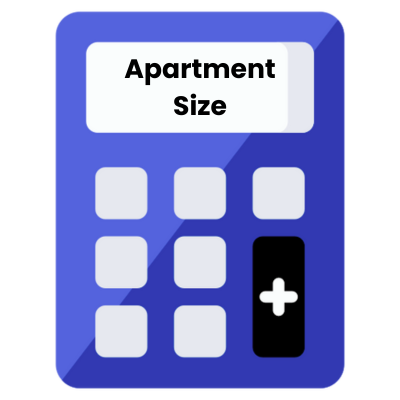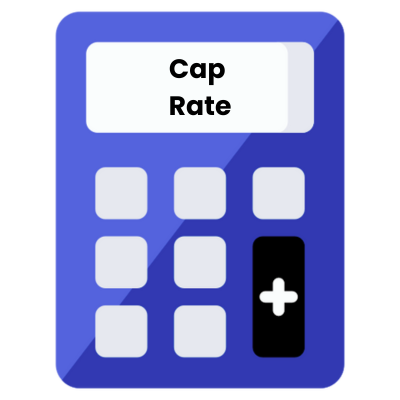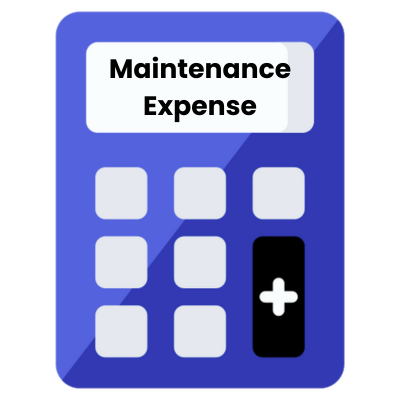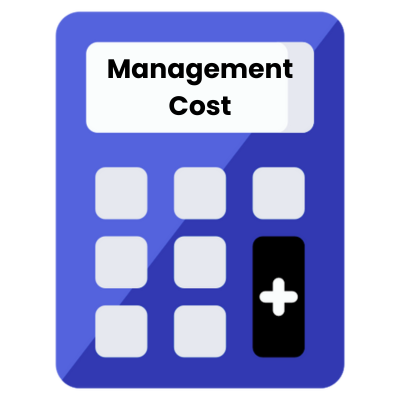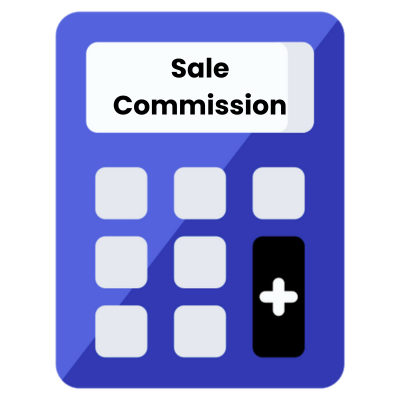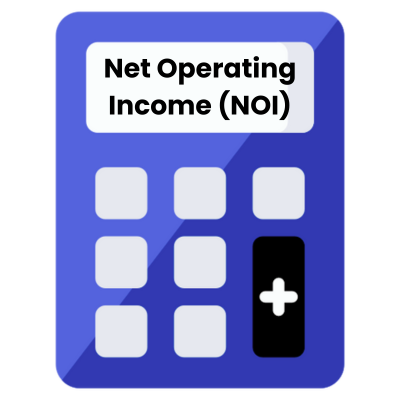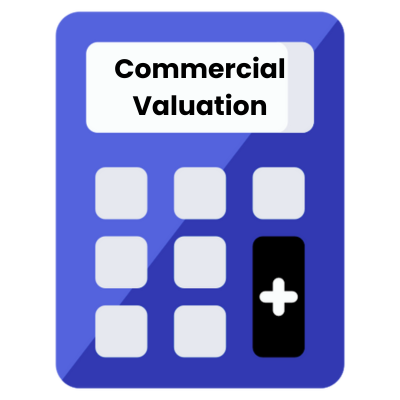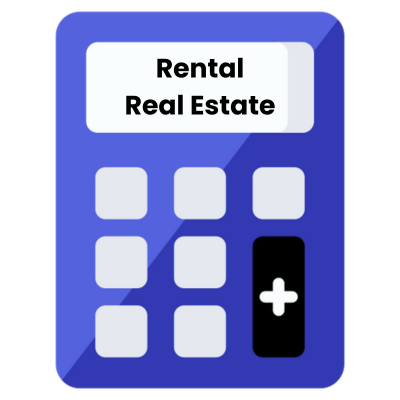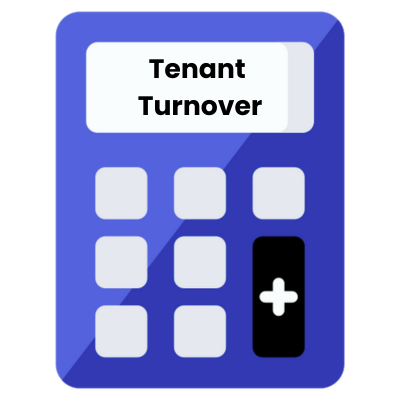
Rental property tenants will come and go for various reasons. A method to track this turnover is called “tenant turnover rate”. This metric reflects the percentage of rental units that see tenants vacate over a specific timeframe, often a year. As a key indicator of a property’s health and profitability, this rate can offer insights into tenant satisfaction, operational effectiveness, and the potential financial implications for rental income.
Calculate Tenant Turnover Rate
Please input the required fields (*) below to calculate a property or portfolio’s tenant turnover rate.
Tenant Turnover Rate Calculator
This calculator is meant for educational purposes only. The calculation generated from the calculator does not, and is not intended to, constitute financial advice. As such, all information, content, and materials available on this site are for general informational purposes only. Please review our Editorial Standards for more info.
Tenant Turnover Rate Formula
The standard mathematical formula for calculating a property or portfolio’s tenant turnover rate in a year, is noted below.
Tenant Turnover Rate (%) = ( Number of Vacated Tenants1 / Total Number of Tenants2) * 100
- Number of Vacated Tenants – The number of vacated units refers to the total number of rental units in a property (or portfolio) that have vacated due to lease expiration or other reason, within a given period of time (e.g. year, quarter, month).
- Total Number of Tenants – Total Number of Tenants refers to the total amount of tenants within a given property or portfolio of properties.
Understanding Tenant Turnover Rates – Good vs Bad
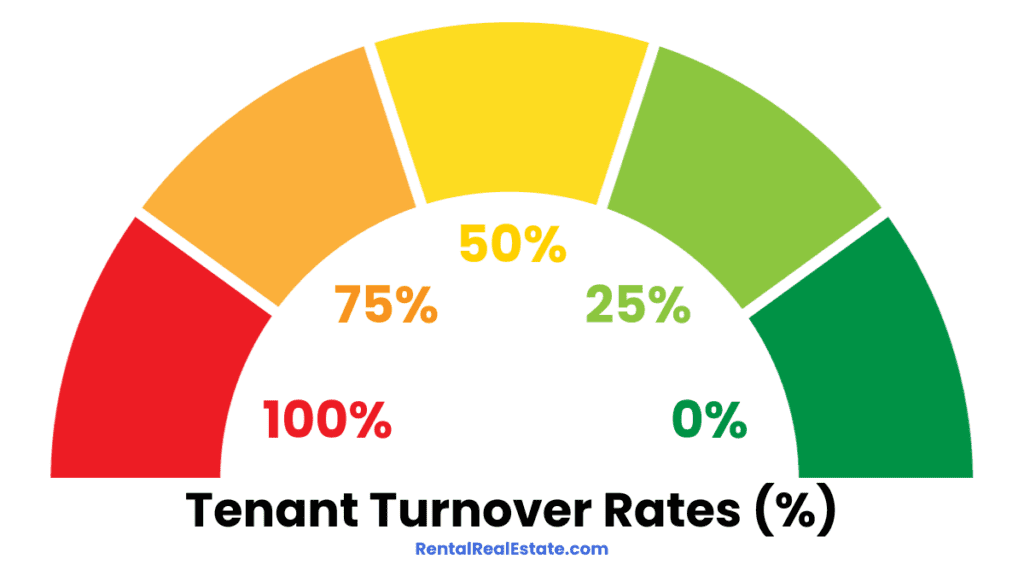
Tenant turnover rates range on a scale from 0%-100%, with property size and unit count contributing as a large factor. Average tenant turnover rates usually fall in the middle range of the scale (25% – 60%). Below we take a look at the comparisons to better understand what a higher number vs lower turnover could imply.
| High “Bad” Turnover Rate | Low “Good” Turnover Rate |
|---|---|
| Frequent turnovers leading to regular vacancies and instability. | Infrequent turnovers allowing for longer tenant occupancy periods. |
| Significant revenue loss due to prolonged or frequent gaps in tenancy. | Minimal disruption to revenue, with vacancies being short-lived. |
| Poor tenant fit due to rushed screening, causing frequent turnovers. | Quality tenants with thorough screening, ensuring longer stays. |
| Higher maintenance and repair costs from frequent tenant changes. | Lower maintenance costs due to better tenant care and less frequent move-outs. |
| Impersonal, transactional interactions leading to tenant dissatisfaction. | Strong landlord-tenant relationships fostering loyalty and longer stays. |
| Indicates a volatile market or ineffective tenant management. | Reflects a stable market and targeted tenant retention strategies. |
The #1 Rental Property Newsletter
Once a month, we send out an exclusive Rental Property Market Update with top stories, current mortgage rates, building products, and more. No spam and unsubscribe anytime.

What is Tenant Turnover Rate?
Tenant Turnover Rate refers to the percentage of rental units in a property that see tenants move out over a specific period, typically a year.
Tenant Turnover Rate FAQ
Does a Low Tenant Turnover Rate Indicate a Successful Rental Property?
While a low Tenant Turnover Rate often suggests tenant satisfaction and stable rental income, it’s essential to consider other factors like rental price competitiveness, property condition, and the overall real estate market, as an unusually low turnover might indicate below-market rents or other underlying issues.
Why is a High Tenant Turnover Rate Bad?
A high Tenant Turnover Rate can be concerning because it often results in lost rental income, increased property maintenance costs, increased property advertising and administrative costs, and additional wear and tear on units due to frequent move-ins and move-outs.
How to Reduce the Tenant Turnover Rate?
The first step to reducing a high tenant turnover rate, is to use rental property calculators like the one on this page to help you understand your current current turnover rate. Once you have a benchmark number to start with, you can implement strategies such as offering competitive rent prices, maintaining the property in better condition, improving landlord-tenant relationships, providing more responsive customer service, and addressing any concerns or issues more promptly.


